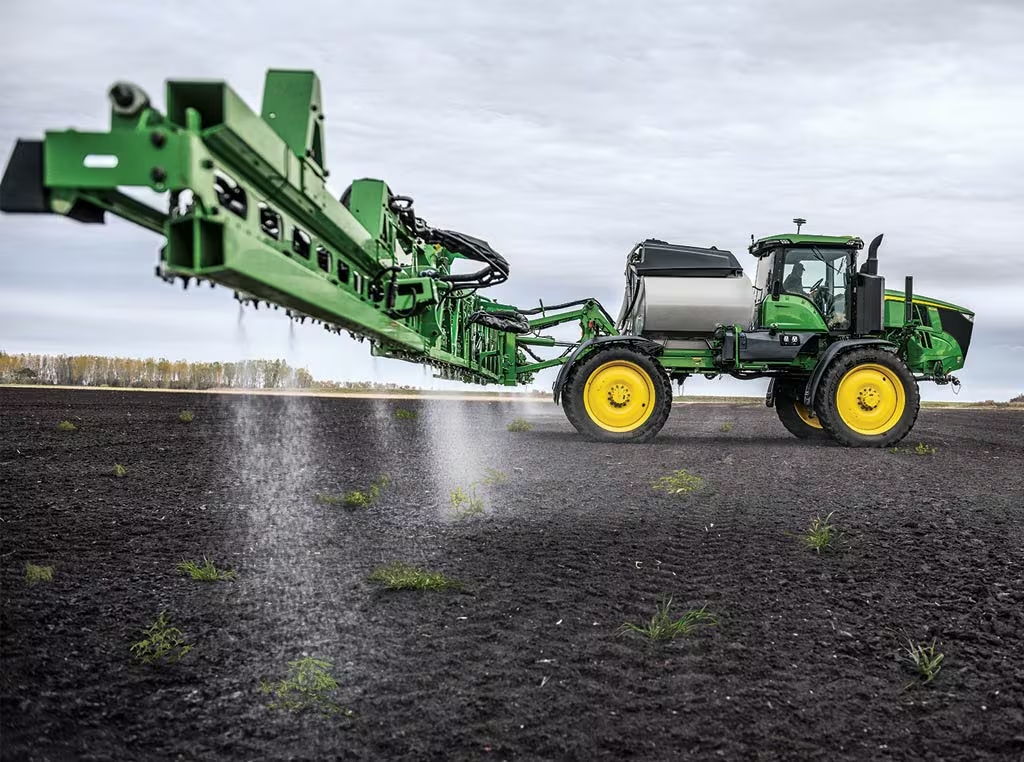When it comes to painting with speed and accuracy, nothing beats the performance of a professional sprayer. Over time, though, even the most reliable machines begin to lose their edge. Whether you’re working on residential interiors, industrial sites, or commercial properties, your sprayer must operate at peak efficiency.
If it doesn’t, the result is wasted time, uneven finishes, and a lot of frustration. That’s why restoring your equipment’s power and precision should be a top priority for any serious painter.
Why Performance Matters
Every job demands attention to detail. A slight drop in pressure or an irregular spray pattern can ruin hours of prep and create more cleanup than expected. Professionals rely on their equipment not just for speed, but for flawless results. That kind of consistency depends heavily on the internal components working perfectly together.
Your sprayer may not show obvious signs of wear immediately, but internal parts can degrade quietly with each project. Filters clog, seals loosen, and hoses wear thin—all affecting how well the sprayer performs. If you start noticing inconsistencies, it’s likely time to tune things up.
The Hidden Impact of Worn Components
It’s easy to assume your entire unit is faulty when performance drops. In reality, the issue often comes down to one or two components. A clogged filter might limit flow. A cracked hose could lead to leaks. A worn piston can cause pressure loss.
These problems don’t just slow you down—they affect your reputation. No one wants to be the painter who left streaky walls or overspray on furniture. If your sprayer isn’t firing at full strength, it’s time to look under the hood and give it the care it needs.
Recognize the Signs Before It’s Too Late
Restoring your sprayer’s power doesn’t need to be reactive—it should be preventive. A smart painter checks their machine regularly and recognizes the warning signs early. Here are some red flags that suggest your equipment is due for attention:
- Inconsistent spray patterns
- Frequent clogging or spitting
- Pressure surges or weak flow
- Unusual noises during operation
- Visible cracks or damage to parts
Catching these early saves you from bigger problems down the road and ensures your projects stay on track.
The Value of Regular Maintenance
Just like a car needs oil changes and tire rotations, your sprayer needs routine maintenance. Cleaning the unit thoroughly after every use keeps paint from hardening in the system. Weekly checks can identify worn or damaged parts before they fail during a job.
A simple checklist can go a long way. Clean the filters. Inspect the hoses. Tighten the fittings. Flush out any leftover paint. These steps may only take a few minutes, but they can extend your equipment’s life by years.
Avoiding Cheap Replacements
When it’s time to replace a part, it’s tempting to grab the cheapest option available. But low-quality parts often lead to bigger problems. Poorly made components don’t fit right, wear out faster, and may even void your equipment’s warranty.
Your equipment is a long-term investment. If you rely on it to earn a living, don’t cut corners. Choose parts that are made for your specific model, and stick with trusted suppliers. Compatibility, durability, and long-term savings all come from using the right parts the first time.
That’s why professionals trust Titan Elite 3000 sprayers parts—engineered to match the original equipment perfectly and built to deliver top-tier performance under demanding conditions.
Boost Efficiency with Strategic Replacements
You don’t always need to overhaul your entire sprayer. Sometimes, replacing just one part can make a huge difference. A new tip or nozzle can refine your spray pattern instantly. Swapping out a filter can improve paint flow. Replacing a piston can restore lost pressure and power.
These small changes can bring your equipment back to its original condition—or even better. The key is knowing what to look for and acting before the issue affects your work quality.
Create a Spare Parts Kit
Think ahead and prepare for breakdowns before they happen. Keeping a small inventory of essential parts in your truck or toolbox ensures you’re never caught off guard on the job. Include items like:
- Spray tips and guards
- Filters and strainers
- Hoses and connectors
- O-rings and seals
- Wrenches or tools specific to your model
This kit doesn’t just save time—it shows clients that you’re ready for anything, even unexpected delays.
Step-by-Step Restoration Tips
Here’s a basic approach to restoring your sprayer’s performance:
- Disconnect and depressurize the sprayer before starting any inspection.
- Inspect the key components: check the tip, gun, hose, and pump.
- Replace damaged parts: anything that looks cracked, corroded, or clogged should be changed.
- Clean the system using water, solvent, or a specialized cleaner, depending on your paint type.
- Test the sprayer before your next job to ensure the problem is fully resolved.
This proactive method will help you avoid costly downtime and rushed last-minute fixes.
Final Thoughts
Power and precision aren’t luxuries—they’re necessities when it comes to delivering top-quality paint jobs. Your sprayer works hard, and it deserves regular attention in return. Whether you’re using a standard unit or need specific paint sprayer parts, it’s important to keep everything in peak condition. For those using Graco equipment, understanding your system through a Graco paint sprayer parts diagram can make maintenance easier and more effective. By staying ahead of wear and replacing Graco paint sprayer parts before they cause real problems, you can keep your projects running smoothly and your finishes looking flawless.
Invest in high-quality replacement parts, follow a routine maintenance schedule, and always be ready with a spare kit. When your equipment performs its best, so do you—and your work will always reflect that standard.
